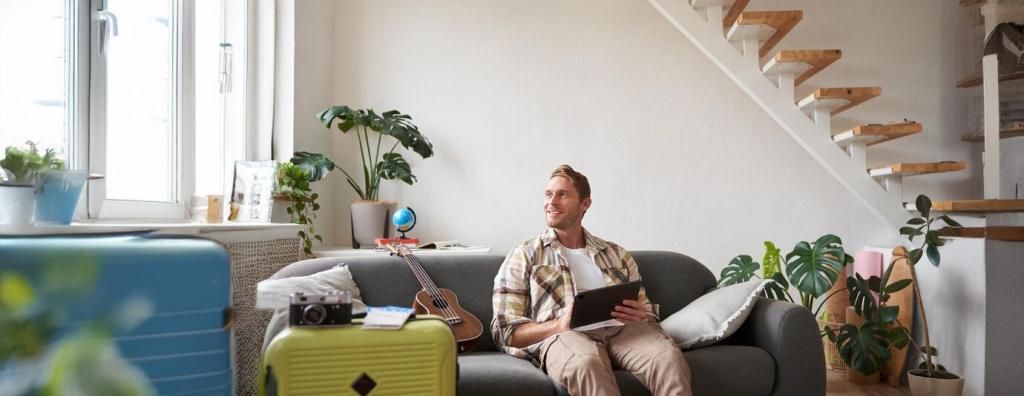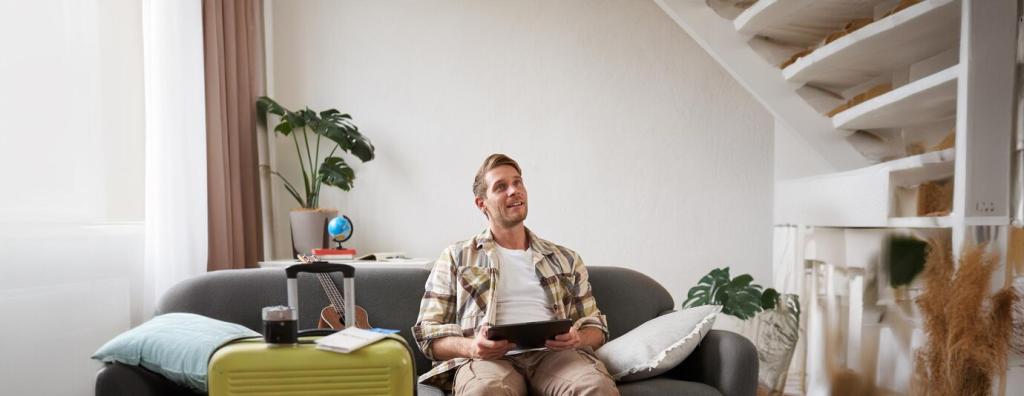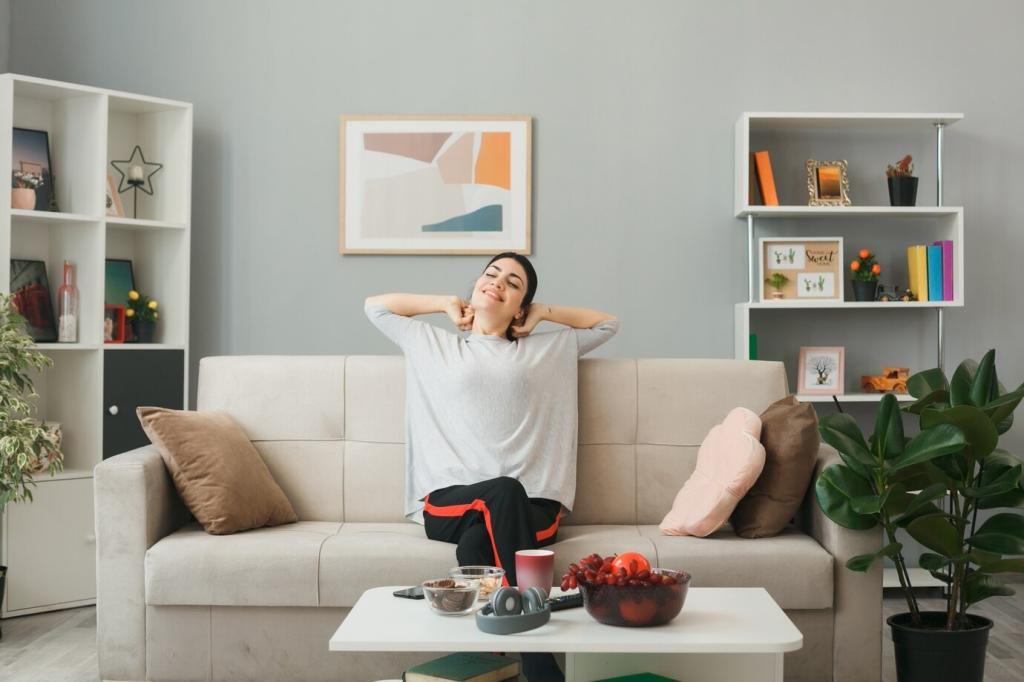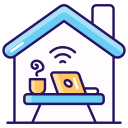Lighting Automation for Enhanced Living


Morning-to-evening routines that adapt to you
Trade blaring alarms for a sunrise fade that rises from 1% to 60% brightness while shifting from 2700K to 5000K over twenty minutes. Sync blinds and soft audio to the same scene, and notice how mornings feel calmer, brighter, and more intentional.
Morning-to-evening routines that adapt to you
Guide your brain toward rest with lights warming to 2200–2700K after sunset, paired with gradual brightness reductions. A reading lamp can taper to a cozy glow by bedtime, offering a reliable cue for winding down without abrupt switches or harsh, stimulating light.
Wellbeing and circadian support with tunable white
The science, simply explained
Light reaching the eye influences circadian rhythms via intrinsically photosensitive retinal ganglion cells. Aim for brighter, cooler light in the morning to boost alertness, then pivot to warm, dim light in the evening. It’s not medical advice—just practical, science-aligned home lighting.
Anecdote: the designer who ended afternoon slumps
Mia scheduled a midday scene shift to cooler, brighter task lighting, then softened to neutral light for late meetings. Afternoon yawns vanished, and she felt calmer at dinner. If you try a similar schedule, comment with your settings so readers can experiment too.
Kids’ homework focus without harsh glare
Pair a neutral-cool ambient scene around 4000K with high-CRI desk lights and glare control from shades. A timed transition to a warm, reading-friendly nook rewards finishing tasks. Parents, share your strategies; we’ll compile reader-tested tips for study-friendly lighting automation.

Occupancy and daylight work smarter
Occupancy sensors fade lights when rooms empty, while daylight harvesting trims brightness near windows to maintain consistent levels. In open-plan spaces, zone sensors prevent over-lighting. Start small in hallways and expand once you see effortless savings add up every week.

Right-size brightness with layered scenes
Most tasks feel perfect at 60–70% brightness when paired with targeted task lights. Layer ambient, task, and accent lighting so general illumination can stay modest. Share your most-used dim levels; we’ll feature a reader map of practical, comfortable brightness settings.

Measure, learn, and optimize
Use smart plugs or power dashboards to understand consumption by room and time. Adjust schedules seasonally, then compare monthly baselines. Subscribe to get our quarterly audit template that turns small tweaks into meaningful, sustainable savings without compromising daily delight.

Matter, Zigbee, Z-Wave, or Wi‑Fi?
Zigbee and Z-Wave offer low-power mesh reliability; Wi‑Fi brings simplicity but may crowd networks. Matter bridges brands and reduces fragmentation. Check device compatibility, consider local control, and keep an eye on firmware support before investing. What mix powers your home?
Voice, presence, and app in harmony
Voice is great for ad‑hoc changes, presence handles routine adjustments, and the app refines scenes. Set guardrails like quiet hours and maximum brightness limits. When these layers cooperate, lighting automation feels invisible—yet always ready when you want manual control.
Privacy-first automations at home
Favor local processing hubs and minimize cloud dependencies when possible. Segment smart devices on a dedicated network, keep firmware updated, and review data permissions regularly. Share your privacy approach so others can benefit from practical, security-conscious lighting automation strategies.
Layer ambient, task, and accent lighting
Combine soft ceiling ambient, focused task lamps, and warm accents on shelves or artwork. High-CRI sources render colors faithfully. Hide hardware with clean cable paths and slim dimmers, letting your home’s textures and materials glow instead of your devices stealing attention.
Color and temperature tell your story
Use warmer scenes for dining and conversation, neutral-cool cues for productivity, and golden highlights for art and plants. Subtle temperature shifts—not gimmicks—shape mood. Share a photo of your favorite scene; we’ll decode the choices and suggest refinements readers can copy.
Renter-friendly automation, no drilling required
Swap bulbs, add battery sensors, and anchor light strips with removable adhesive. Portable smart switches and scene remotes travel when you move. Comment with landlord-safe hacks that made your space feel custom without permanent changes or complicated electrical work.

Safety, security, and peace of mind
Use randomized schedules that mirror real routines: kitchen lights at dinner time, a short hallway pass, and a late reading lamp. Blend in blind movement and outdoor floods on motion. Tell us which patterns felt convincing from the street during your last trip.
